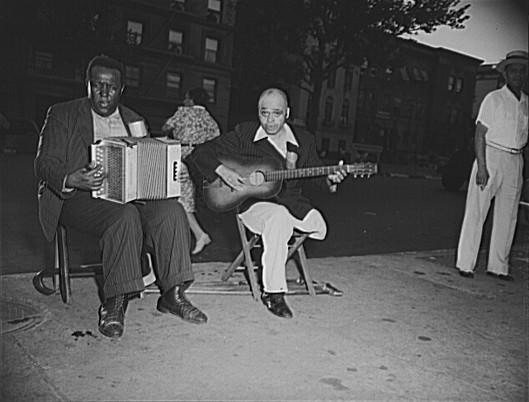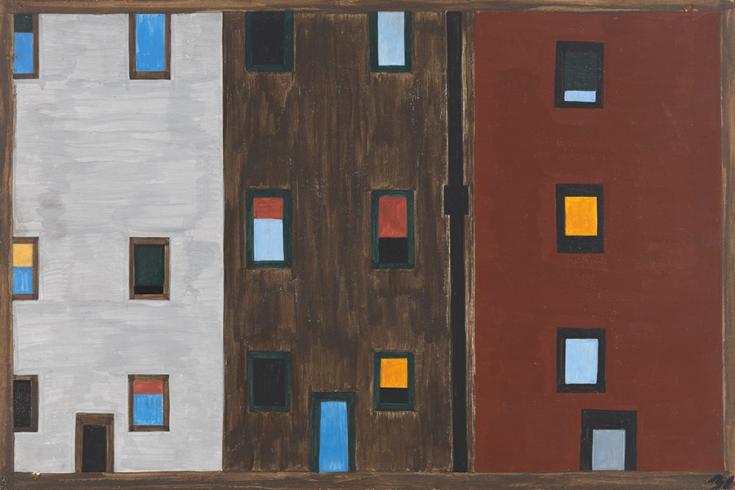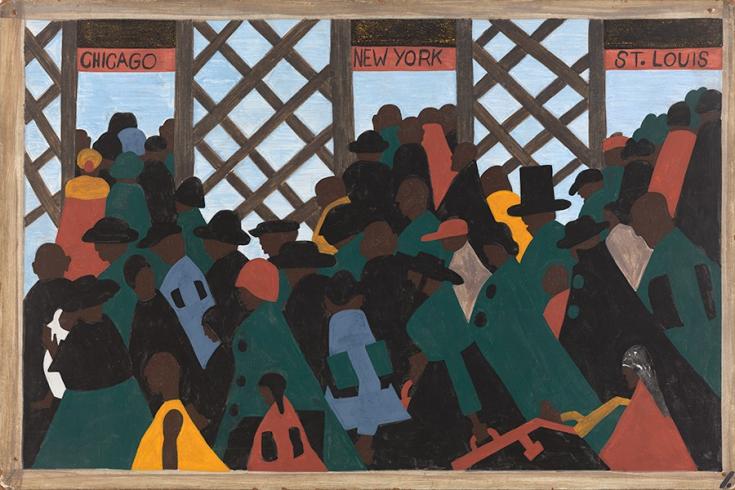My Life is My Art (ECE)
Part 1: Reading and Reflection
Read Aloud:
- Read to your students Jake Makes a World: Jacob Lawrence, A Young Artist in Harlem, which explores how Jacob Lawrence found inspiration in the colors and people in his Harlem neighborhood.
- IDENTIFY: As you read with your students, stop after each page and ask them to describe, in their own words, what Jacob sees as he goes through his day.
- CONNECT: After reading the book, ask students:
- What do you see in your neighborhood on your way to school?
- What kinds of people do you see? Buildings? Animals? Plants?
Part 2: Artmaking
- Have students create a drawing inspired by things and people they see in their neighborhoods.
- Explain to students:
- “Inspired” means something you see that gives you a new idea or makes you want to create something.
- “Neighborhood” is the place where they live.
- Explain to students:
- Have each student share what they drew with the class, explaining what they see in their neighborhood.
Additional Context
Lesson Context
Jacob Lawrence was born in Atlantic City, New Jersey, in 1917. His parents migrated from the rural South to find a better life up North. His parents separated and Jacob and his two siblings spent time in foster homes in Philadelphia. Eventually, they reunited with their mother in Harlem.
As a teenager in the 1930s, Jacob Lawrence attended after-school arts programs in Harlem. These workshops were an important component of Lawrence’s early success. He painted many scenes of his everyday experiences in Harlem.
Key Terms
Great Migration -In the Southern US, African Americans endured blatant discrimnation and segregation as part of Jim Crow laws, as well as poor economic conditions. In the hopes of improved living and working conditions, hundreds of thousands of African Americans migrated from the South to the North, in particular to Chicago, Los Angeles, Detroit, Philadelphia, and New York. The Great Migration happened in two major waves: the first one being from 1916-1940 and the second one from 1941-1970.
Harlem Renaissance - The largest concentration of African Americans who migrated during the Great Migration moved to Harlem. From the 1910s to mid-1030s, the neighborhood of Harlem in New York City became a hub of African American culture, with an explosion of literature, music, theater, and the arts.


